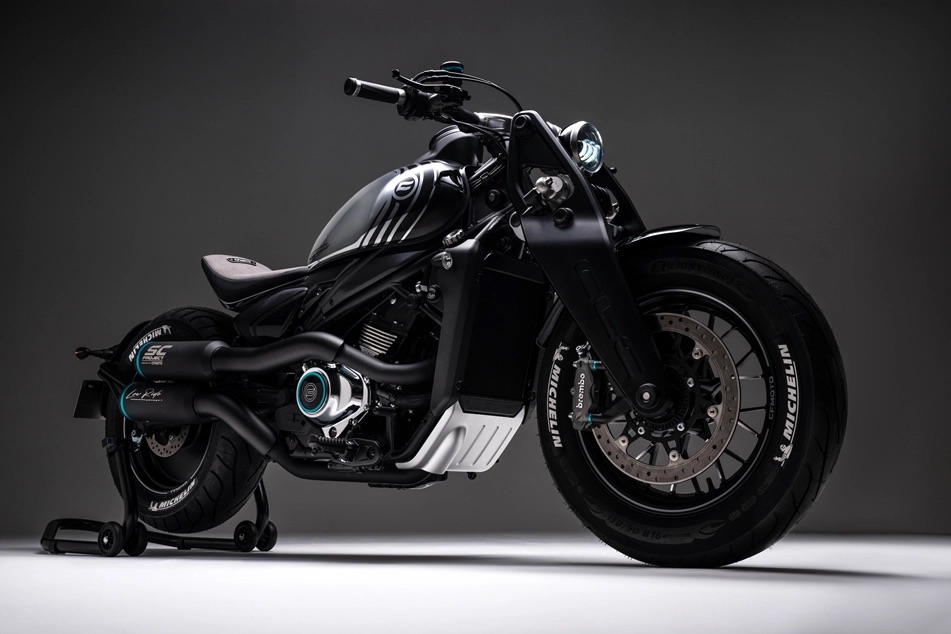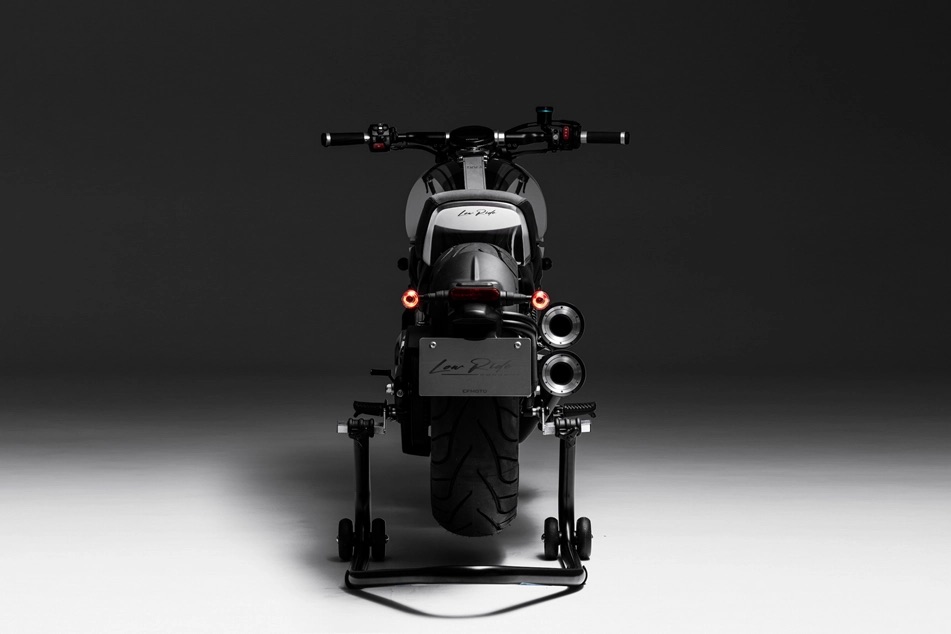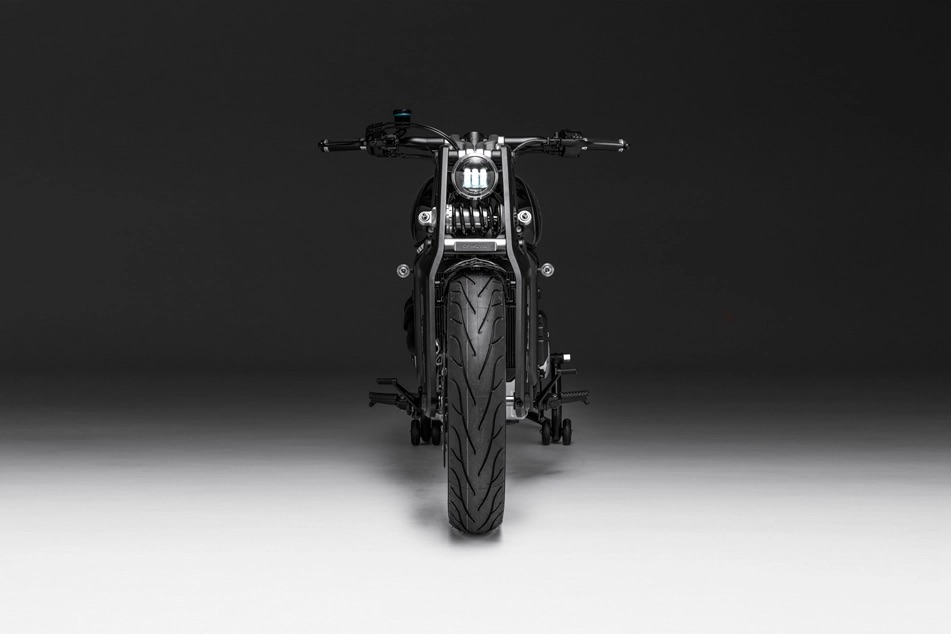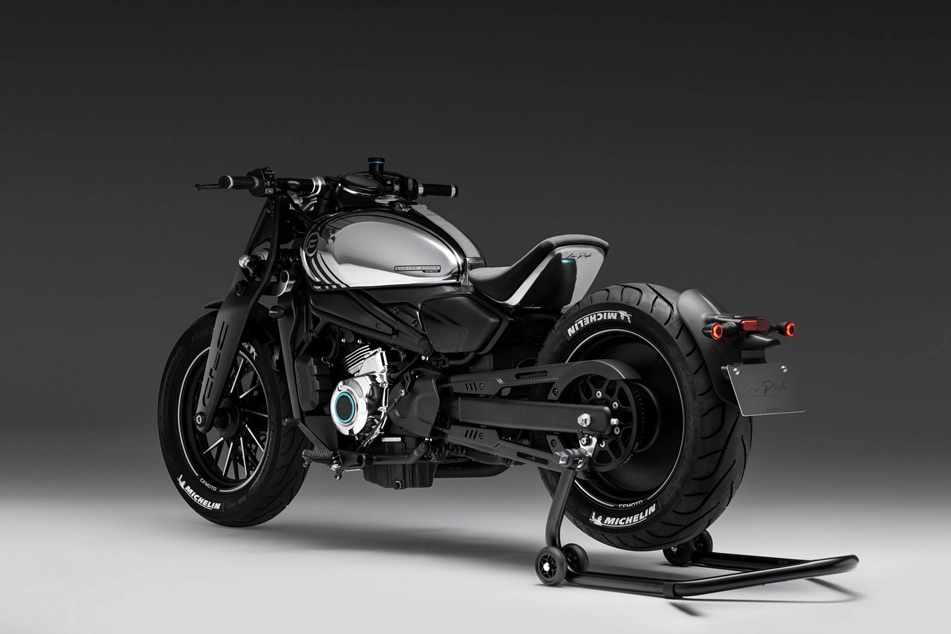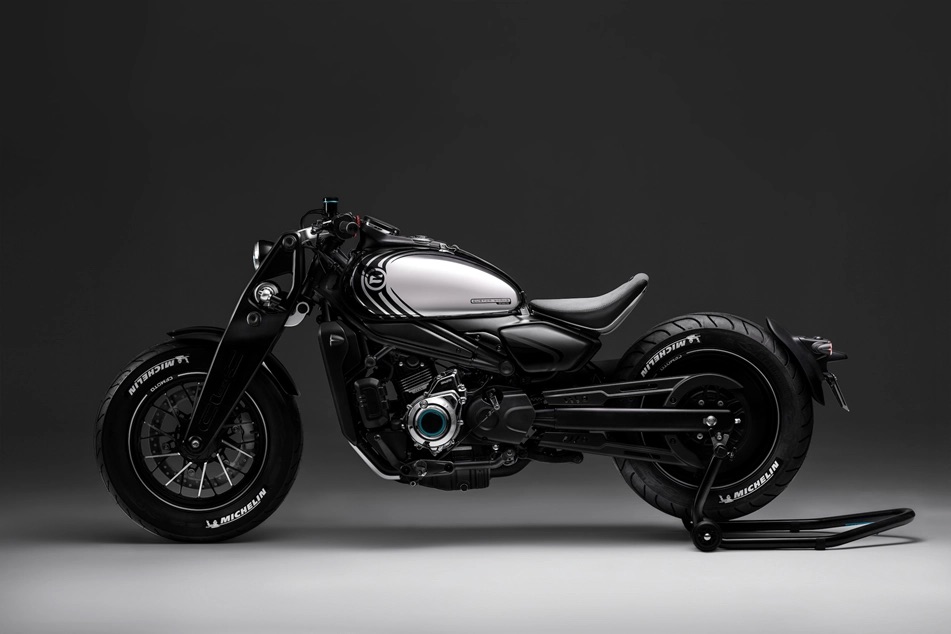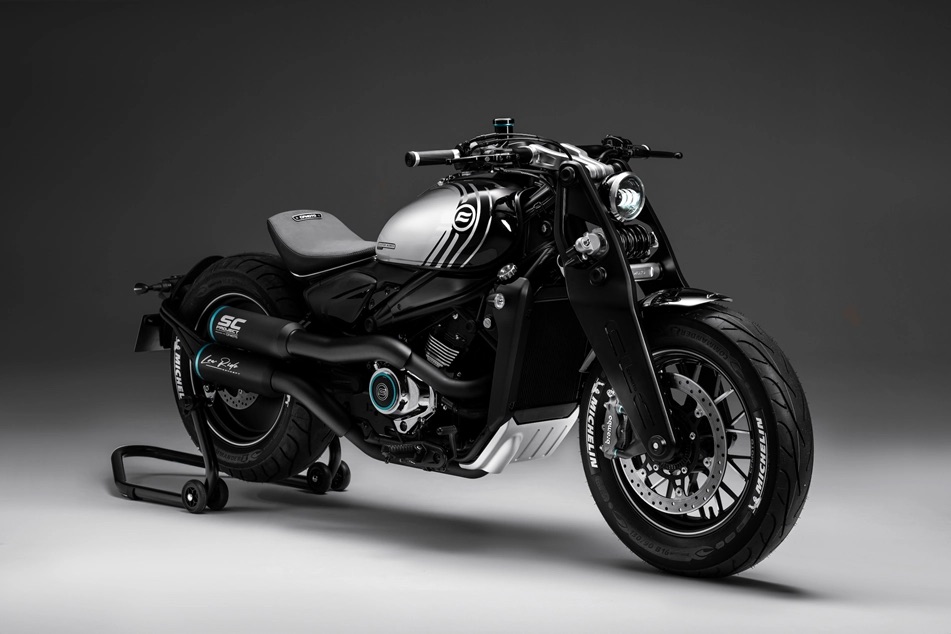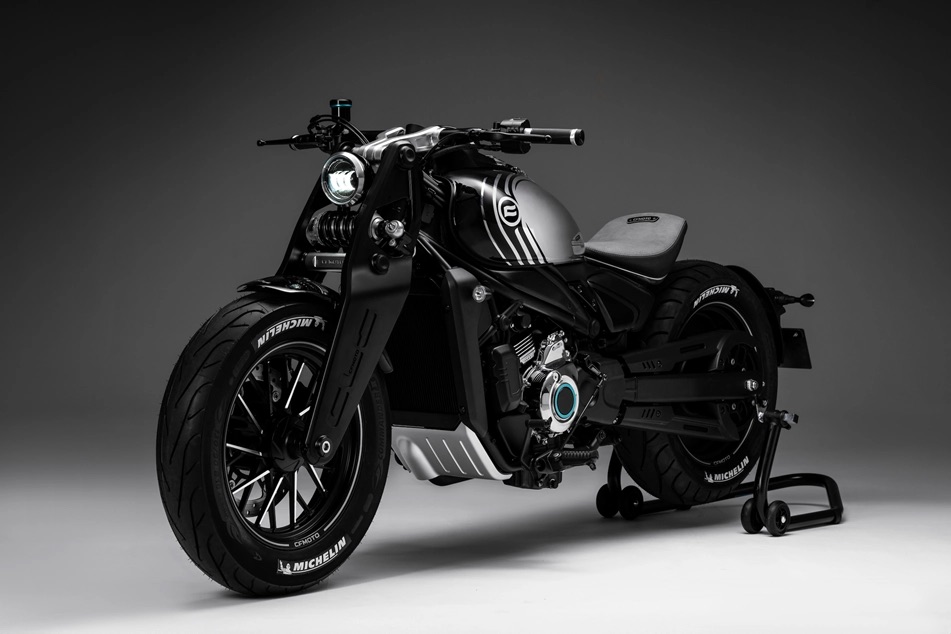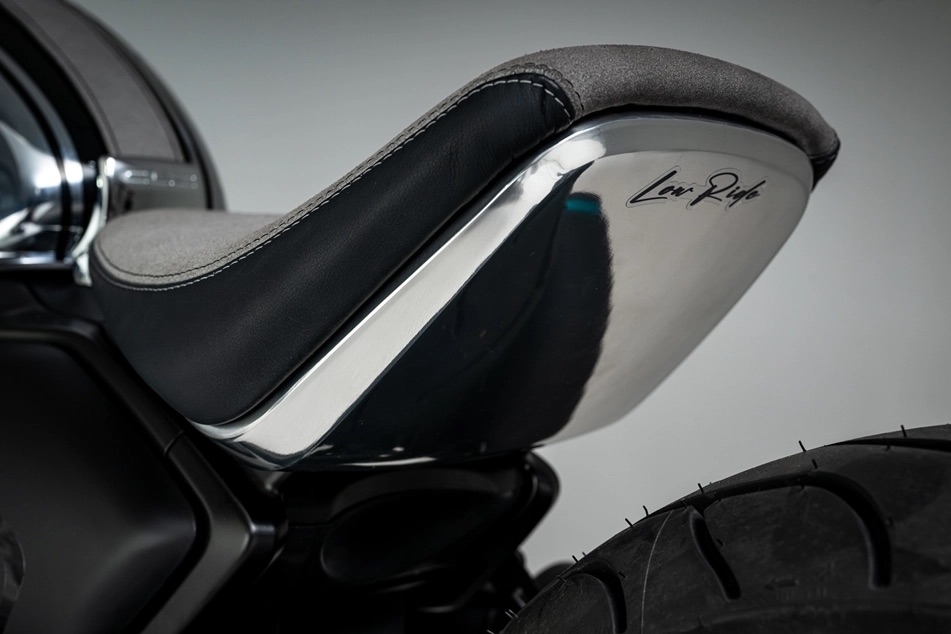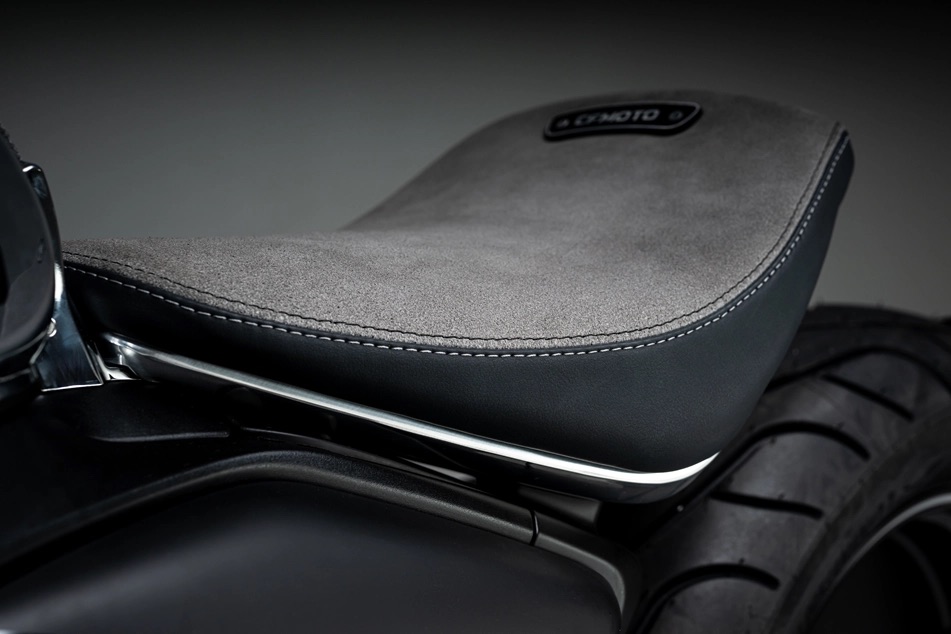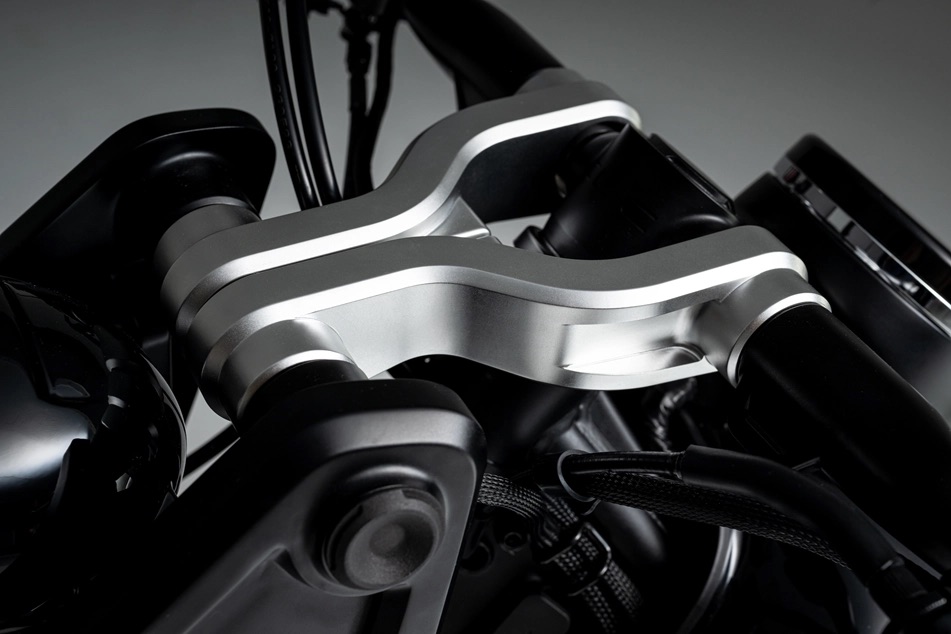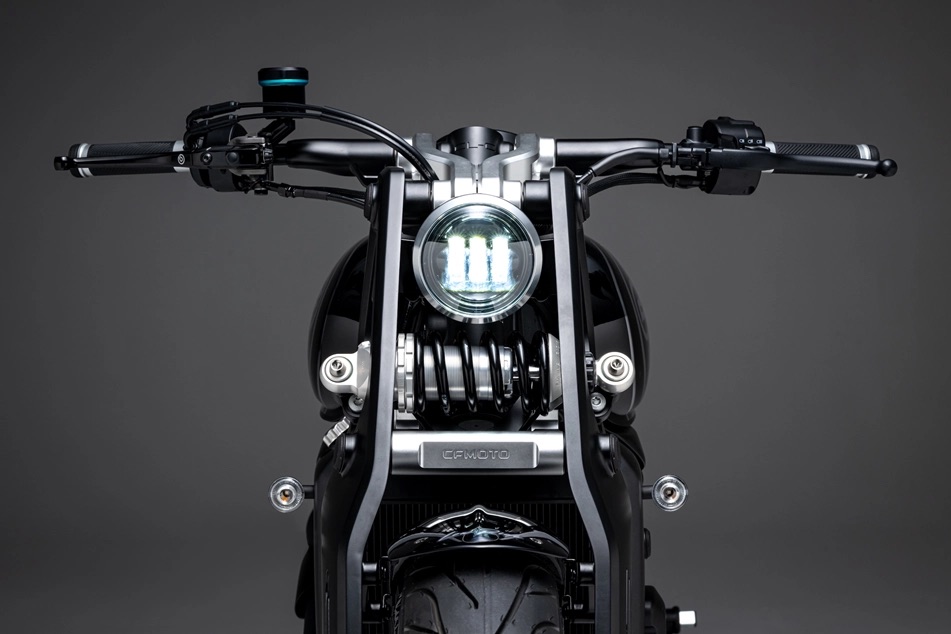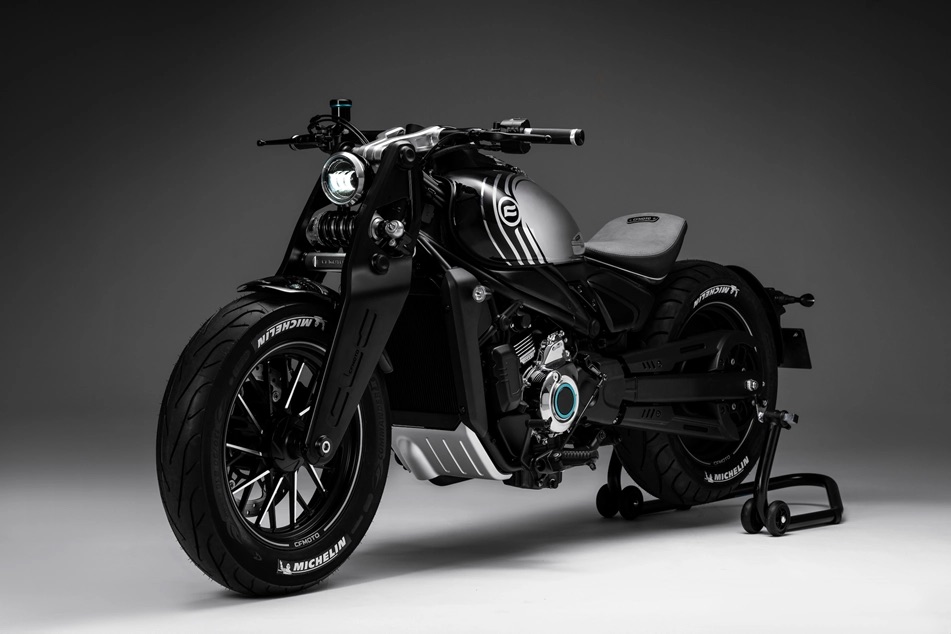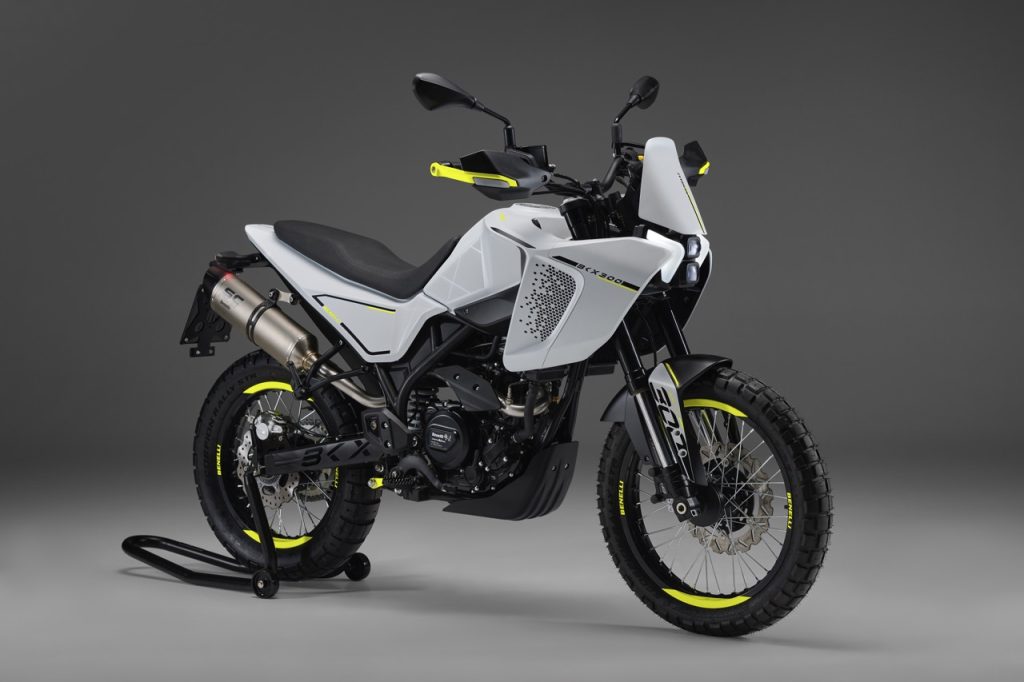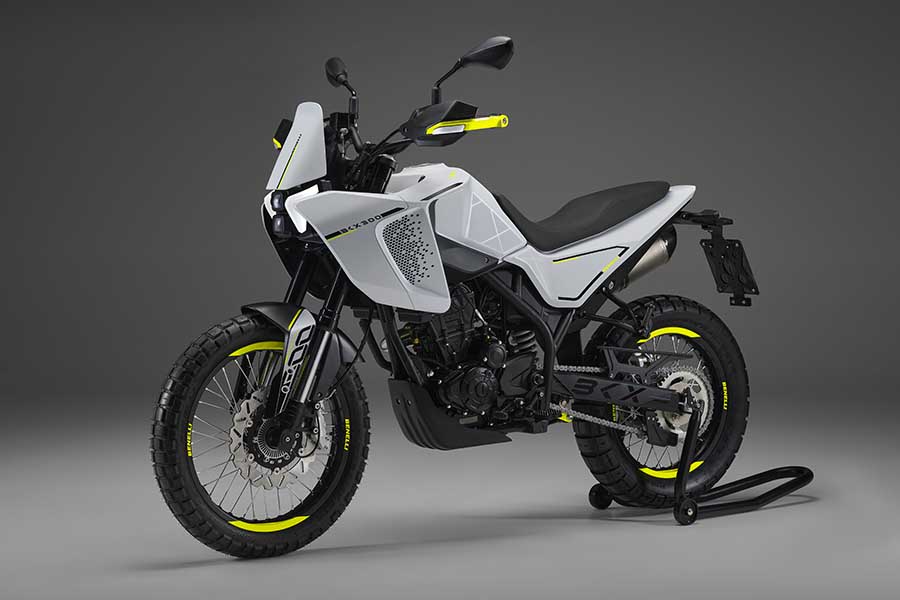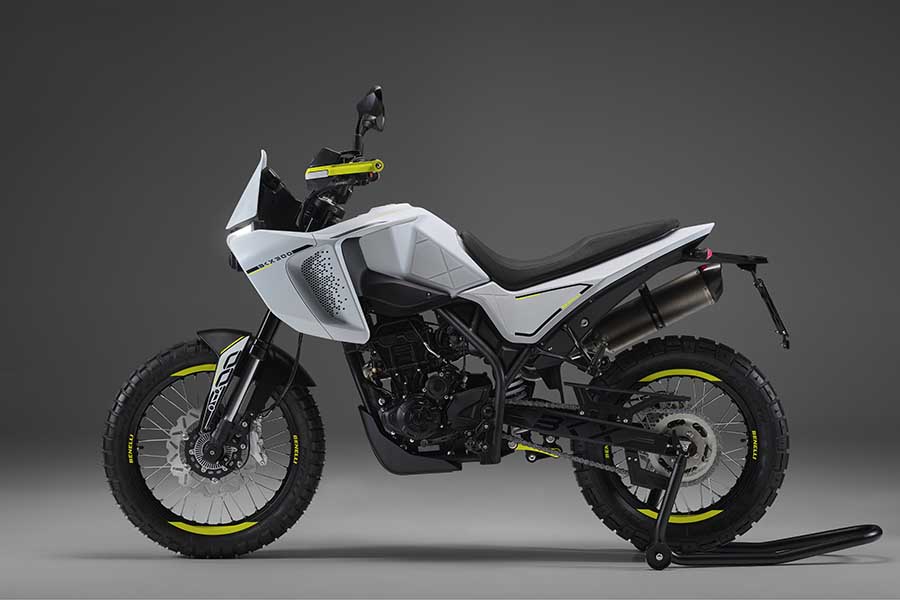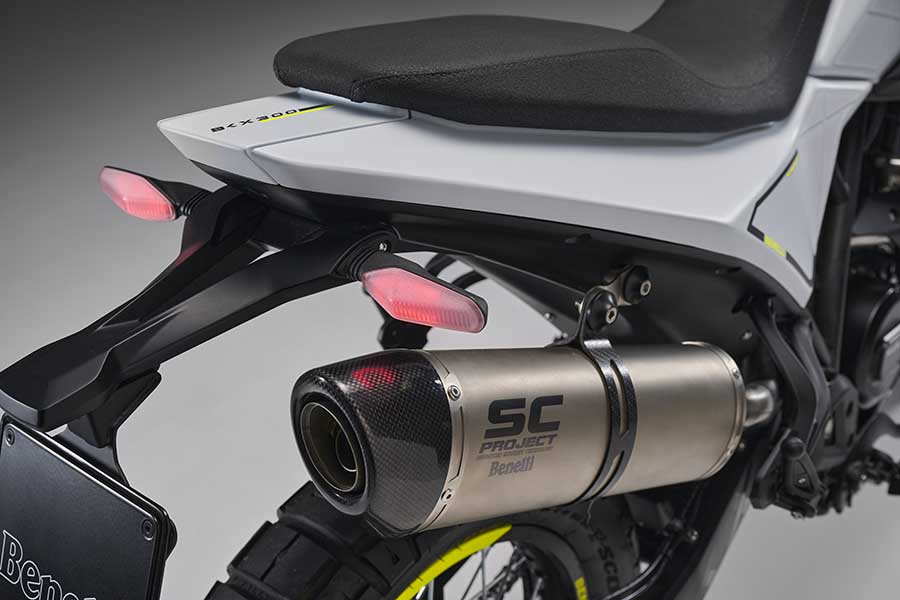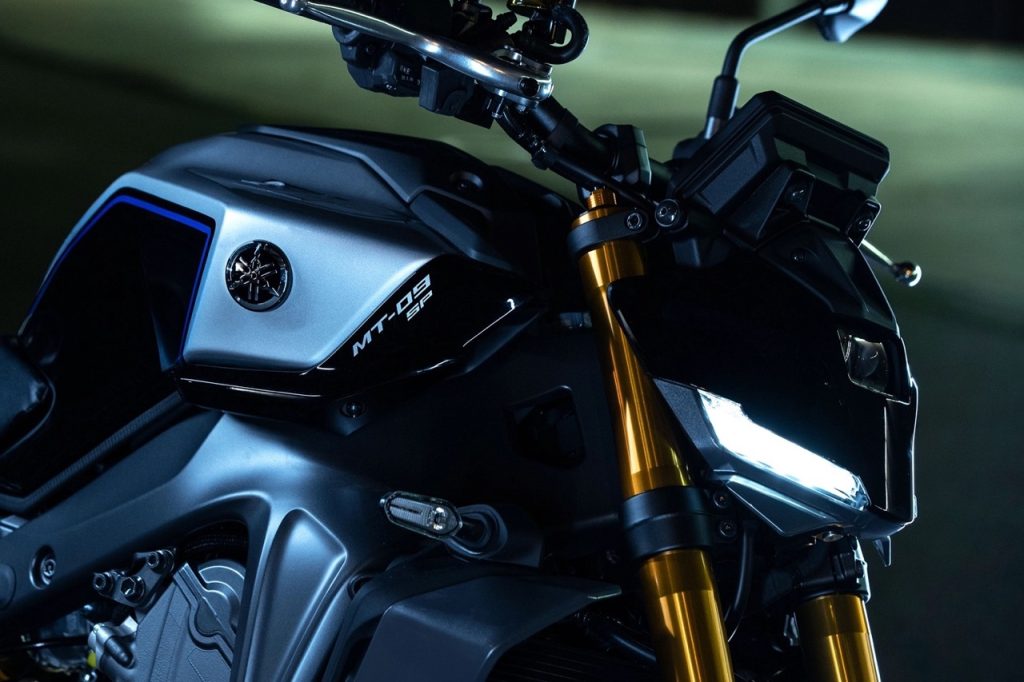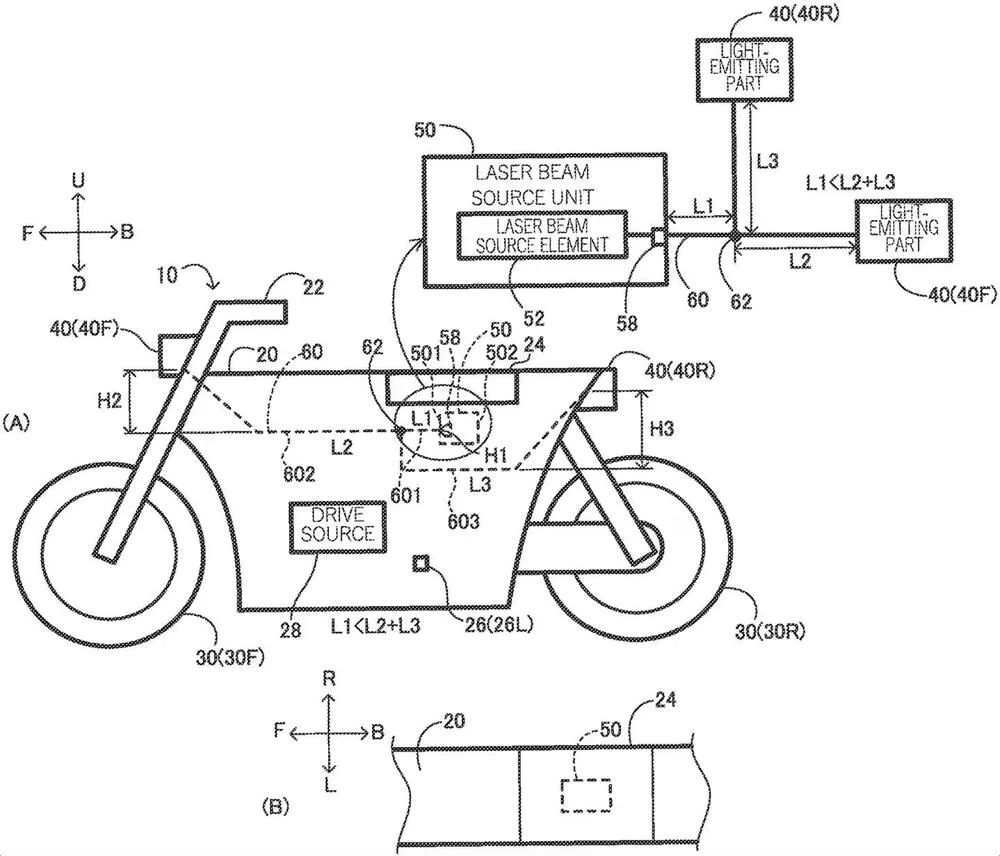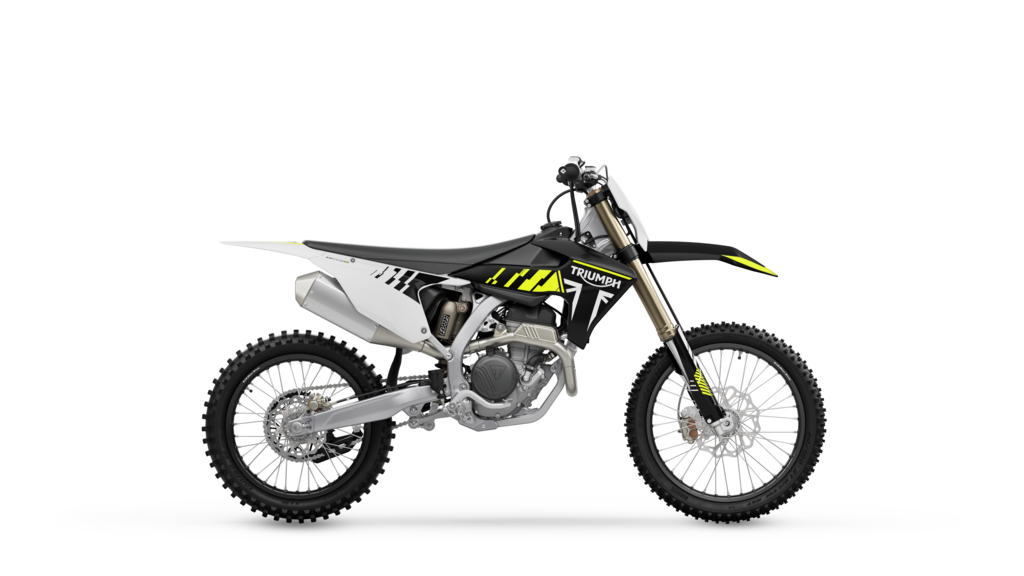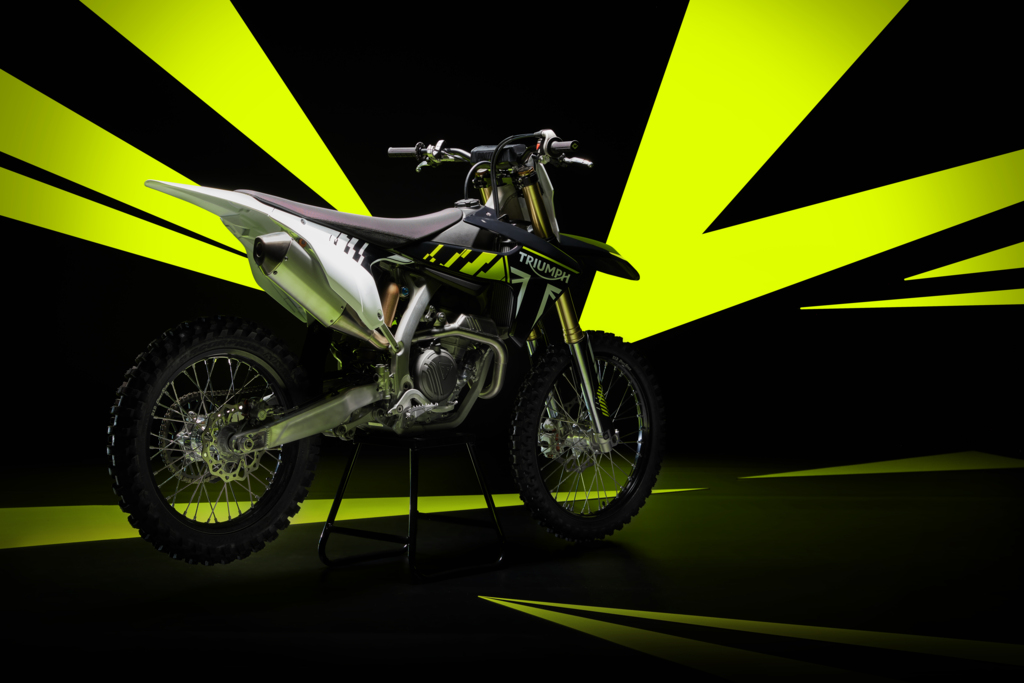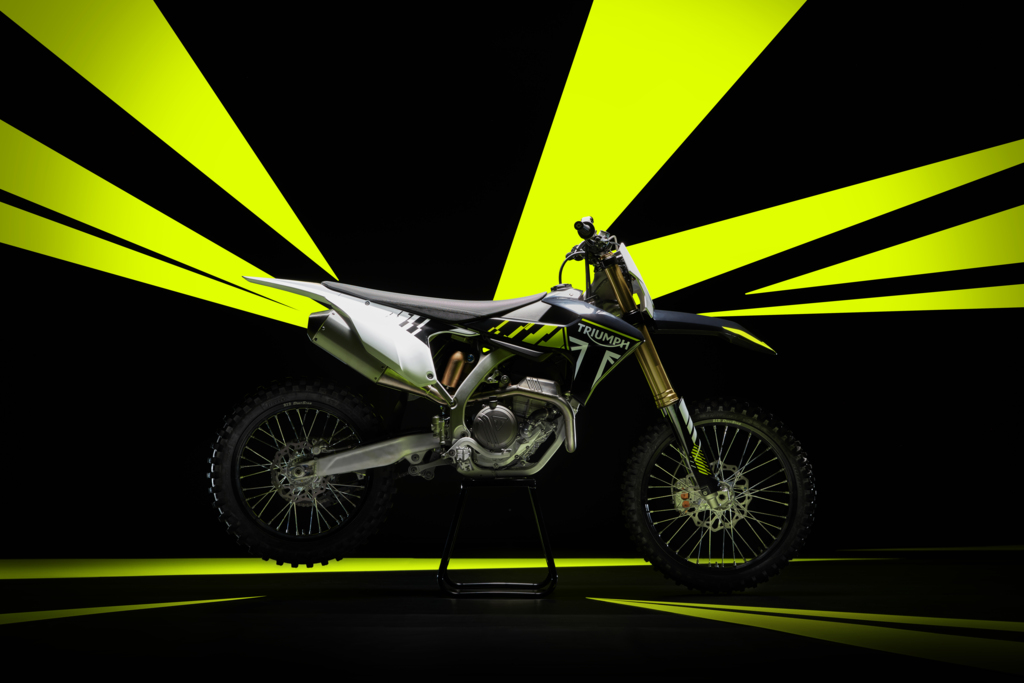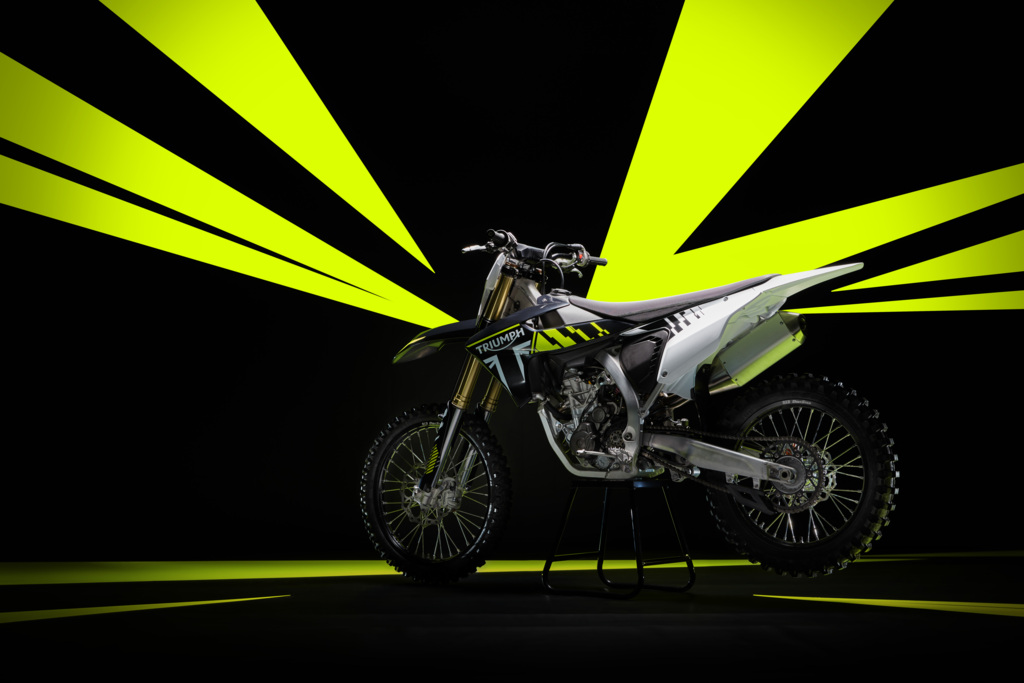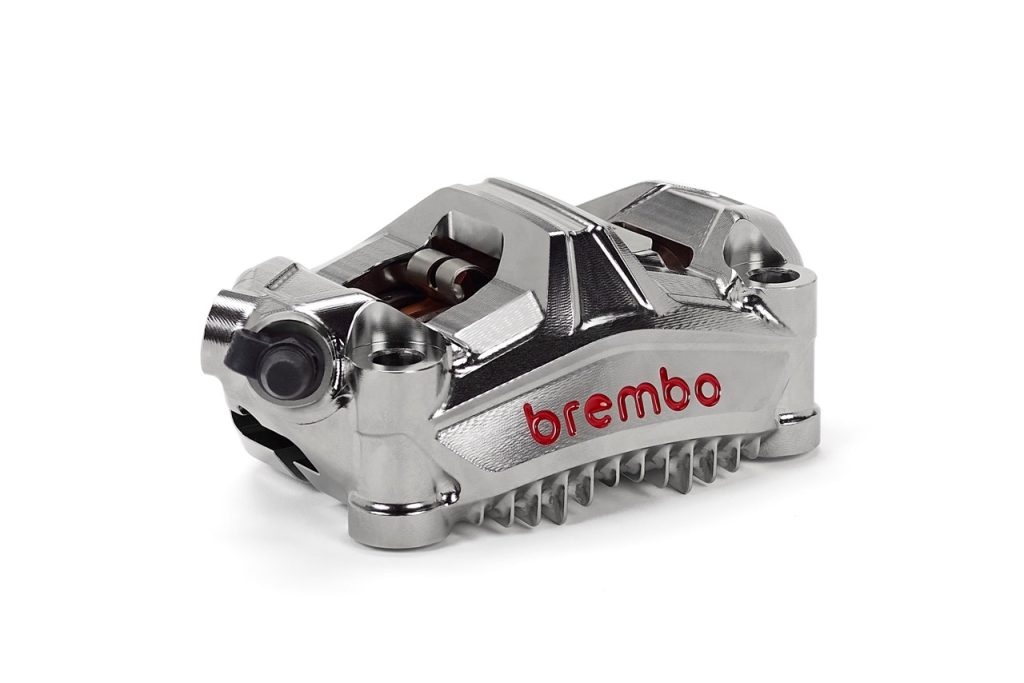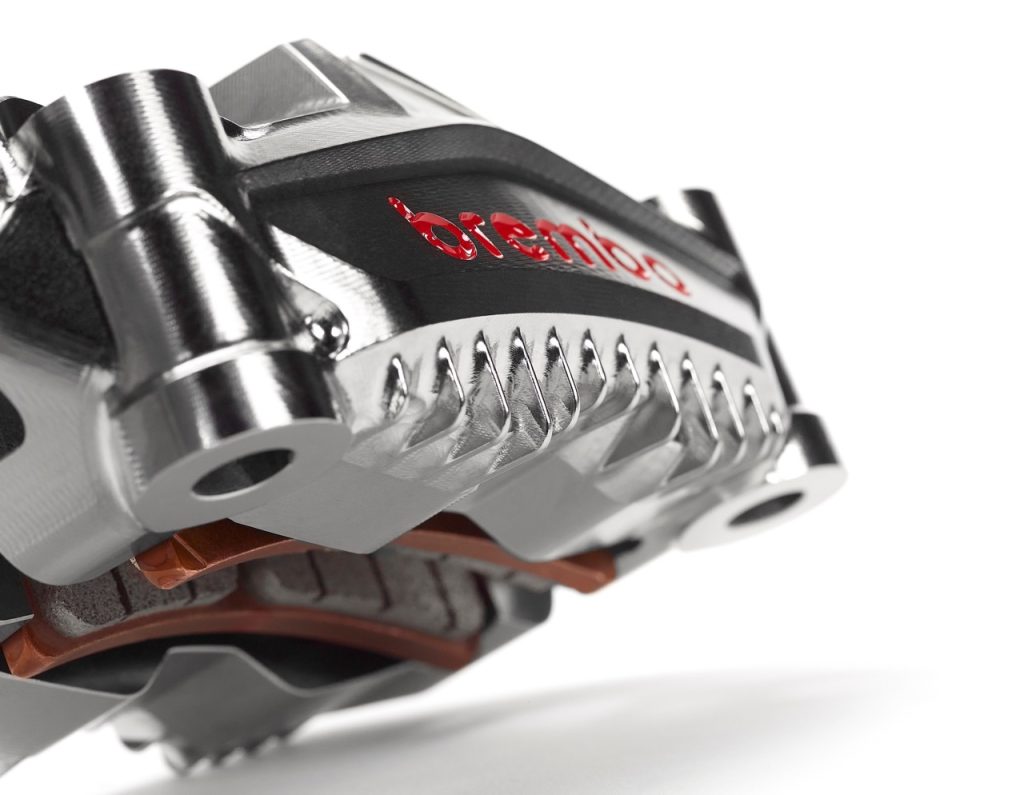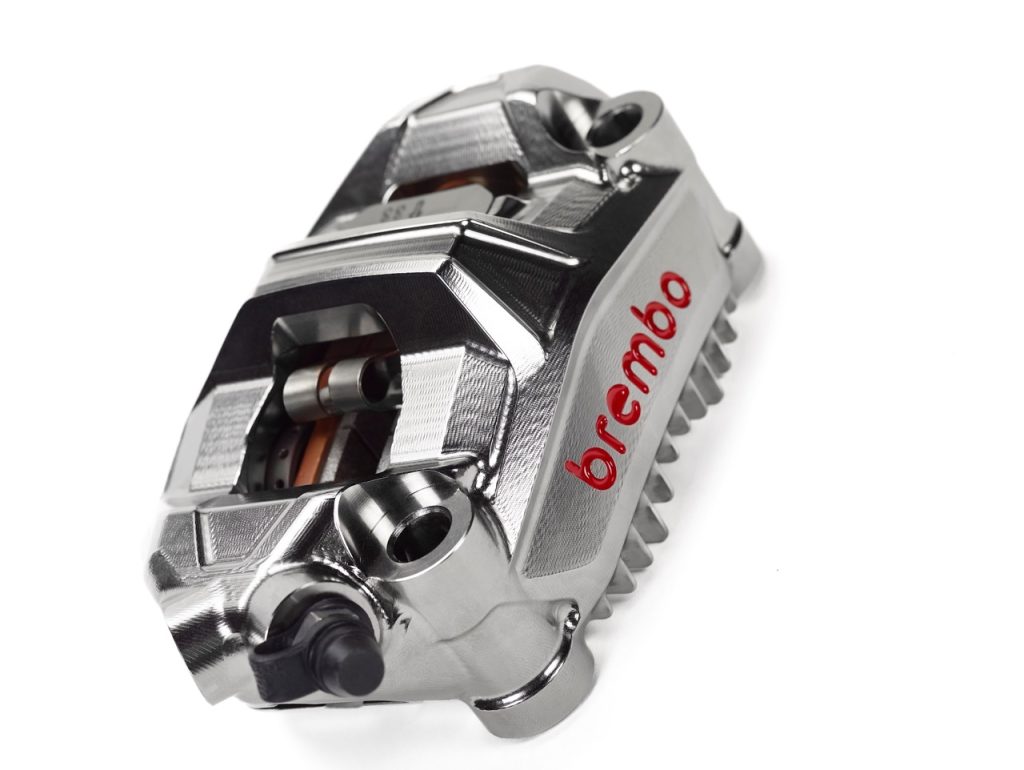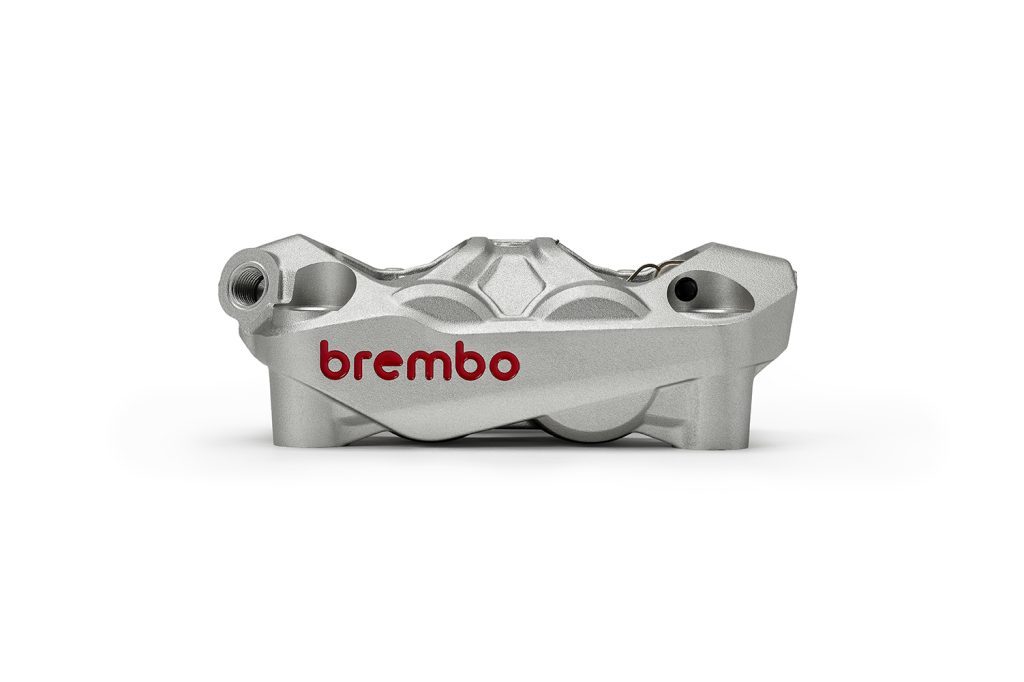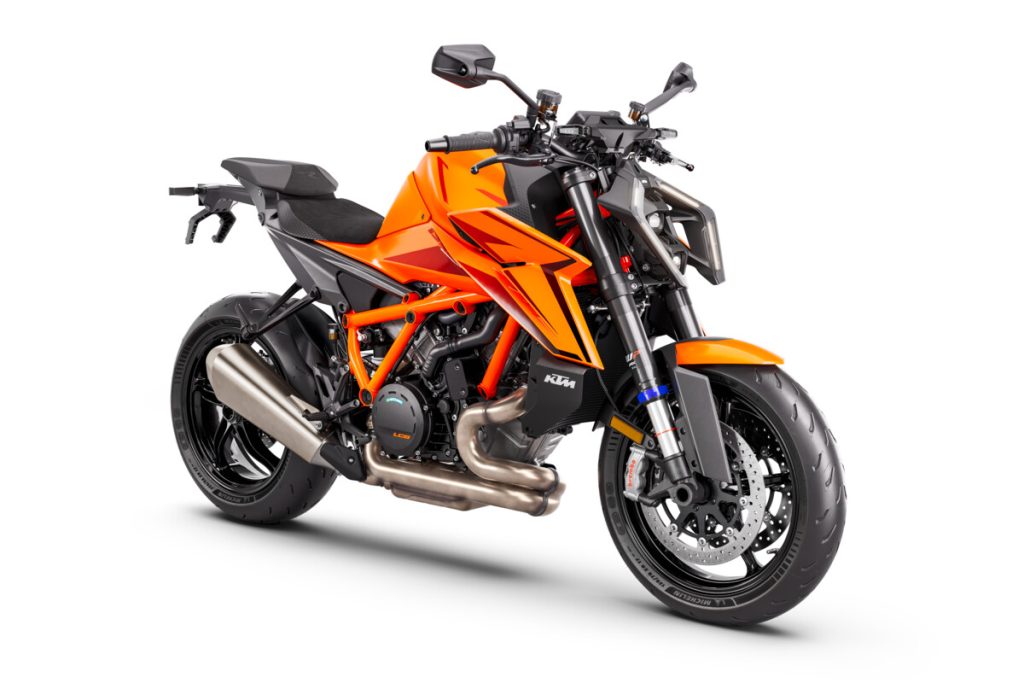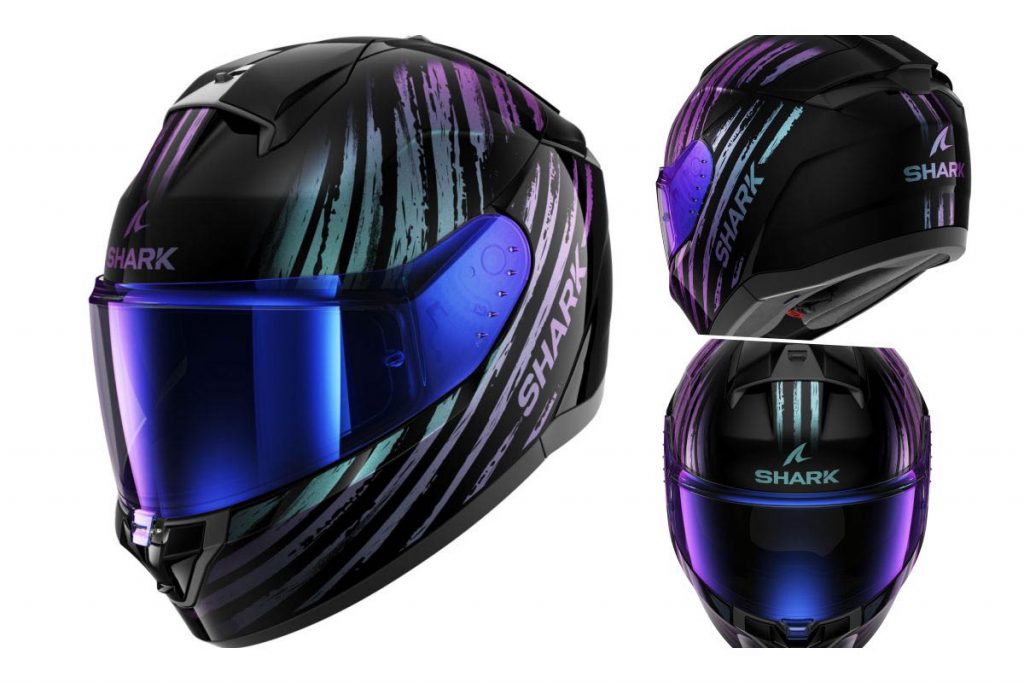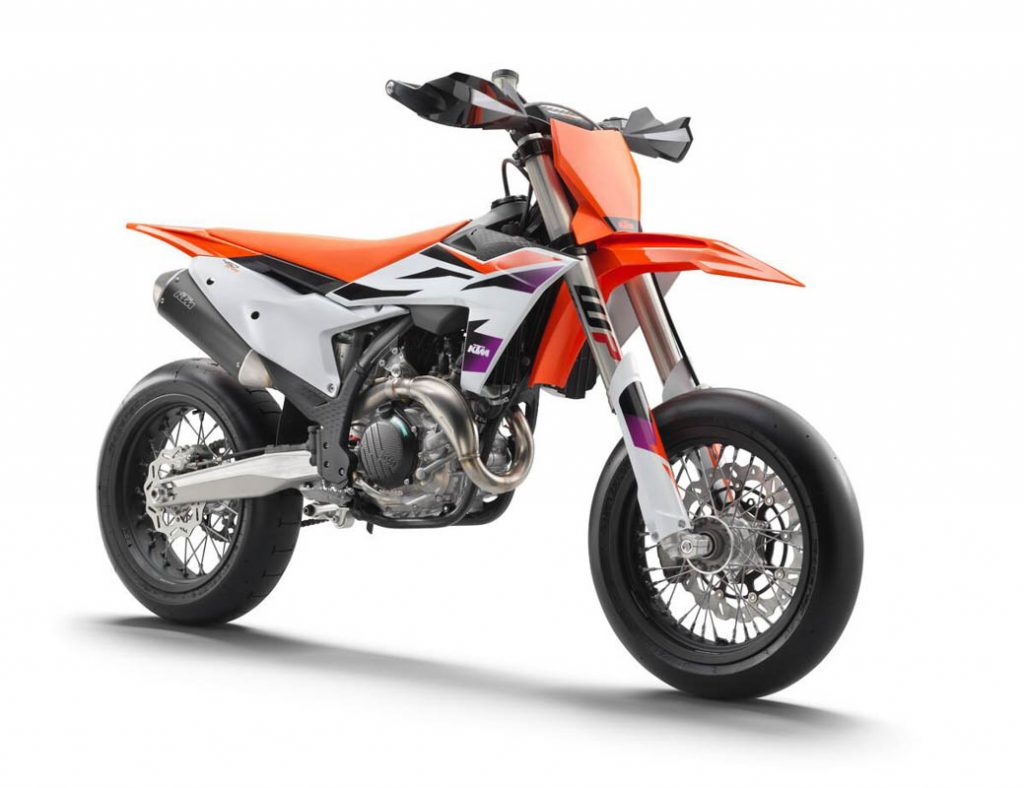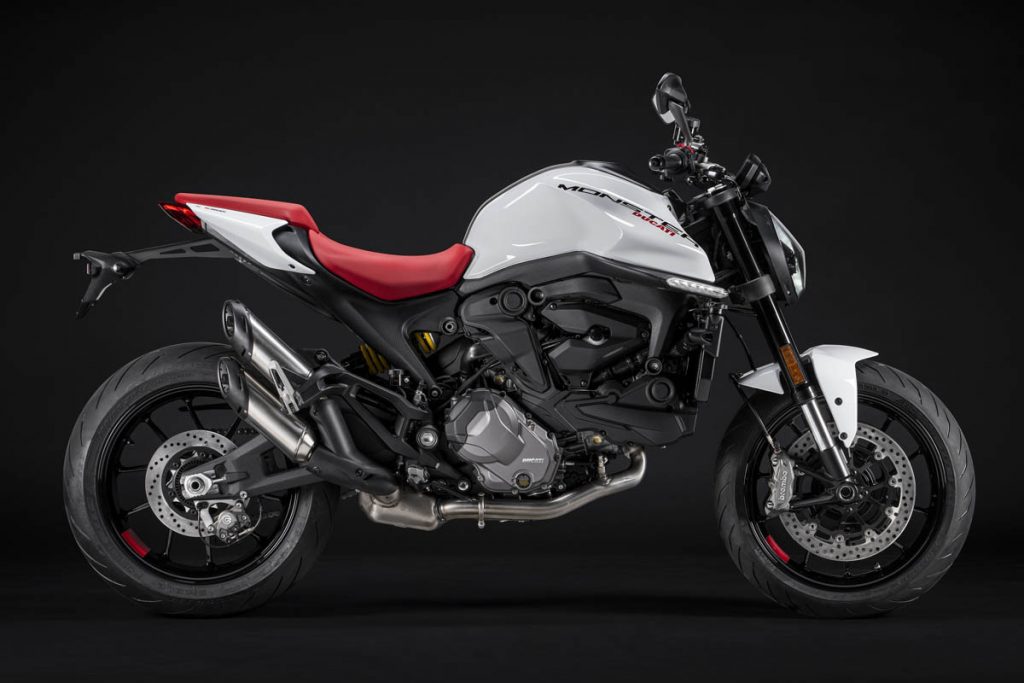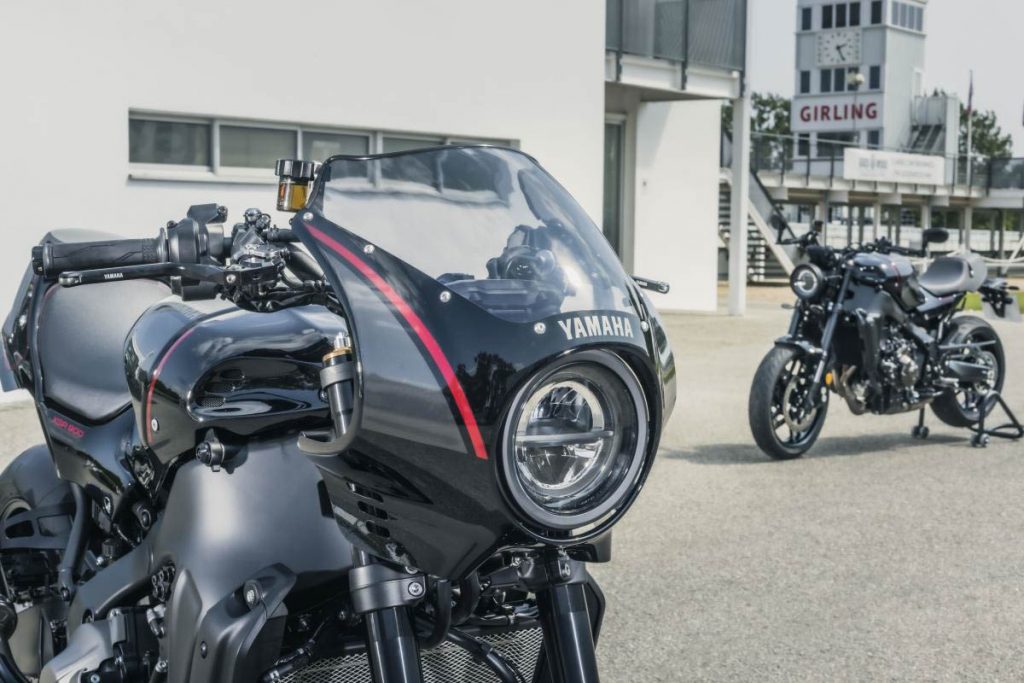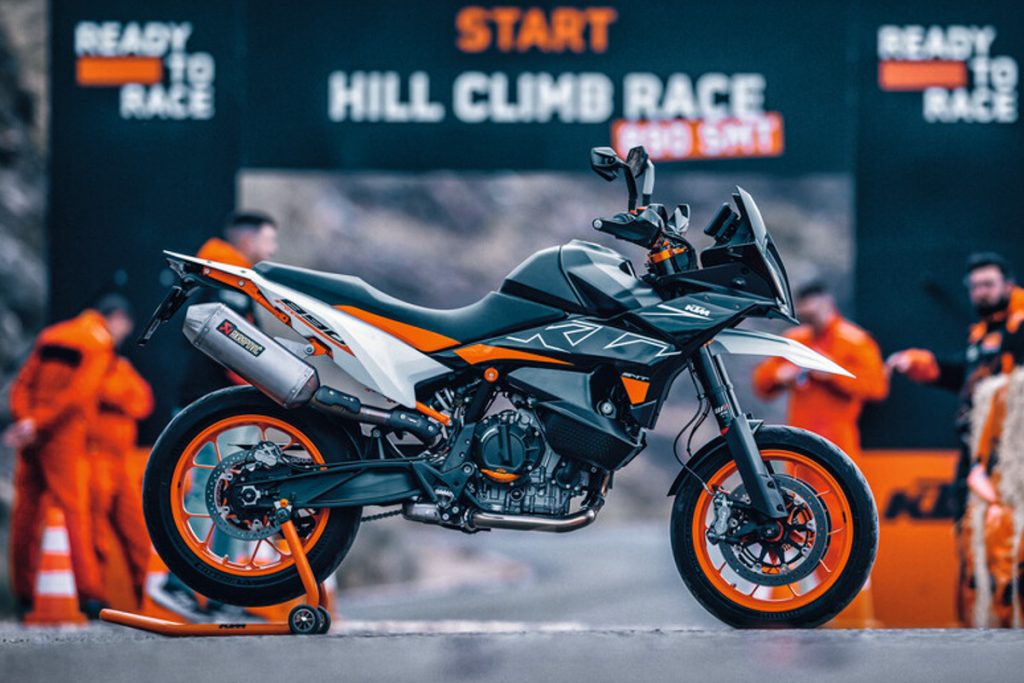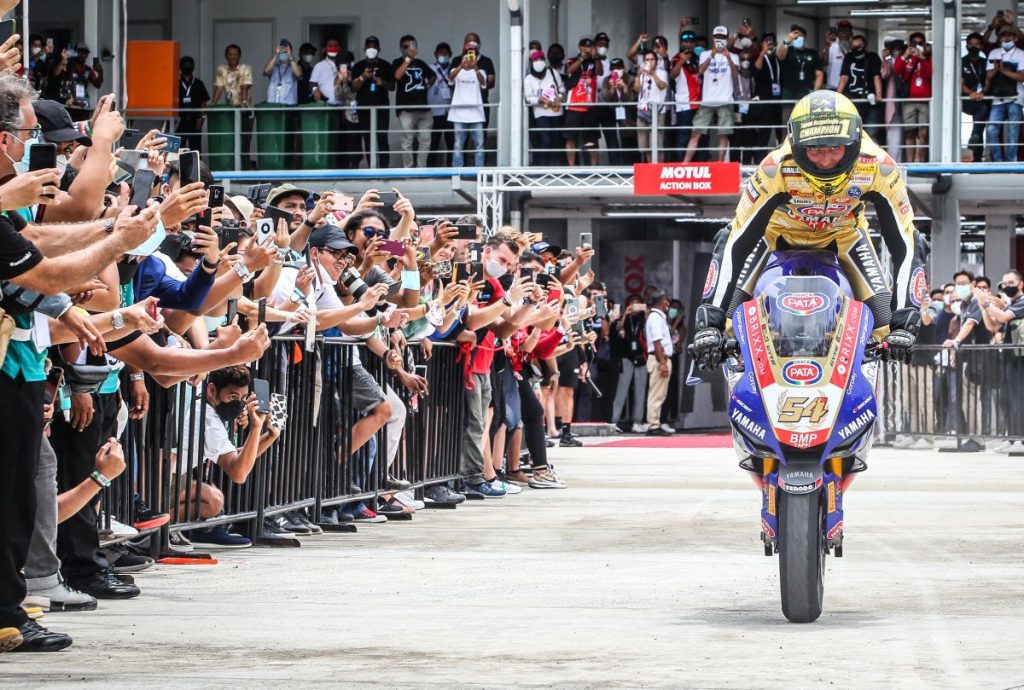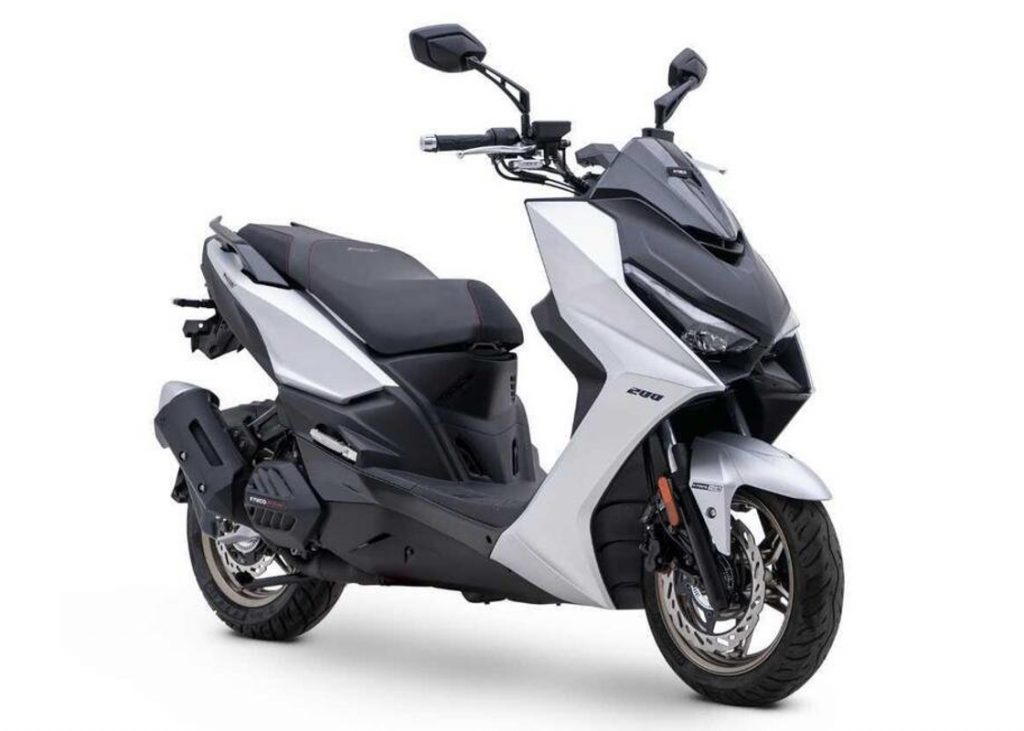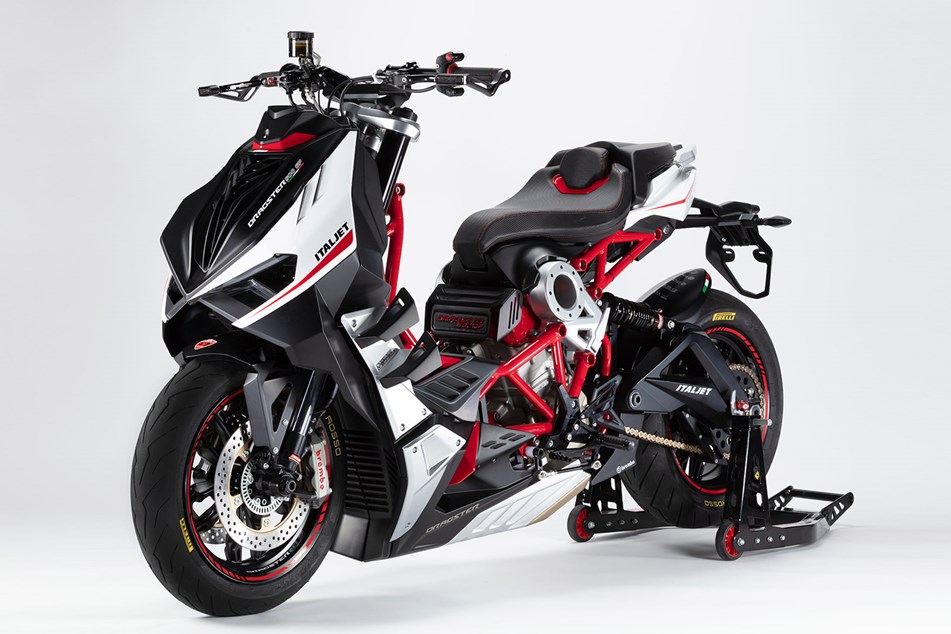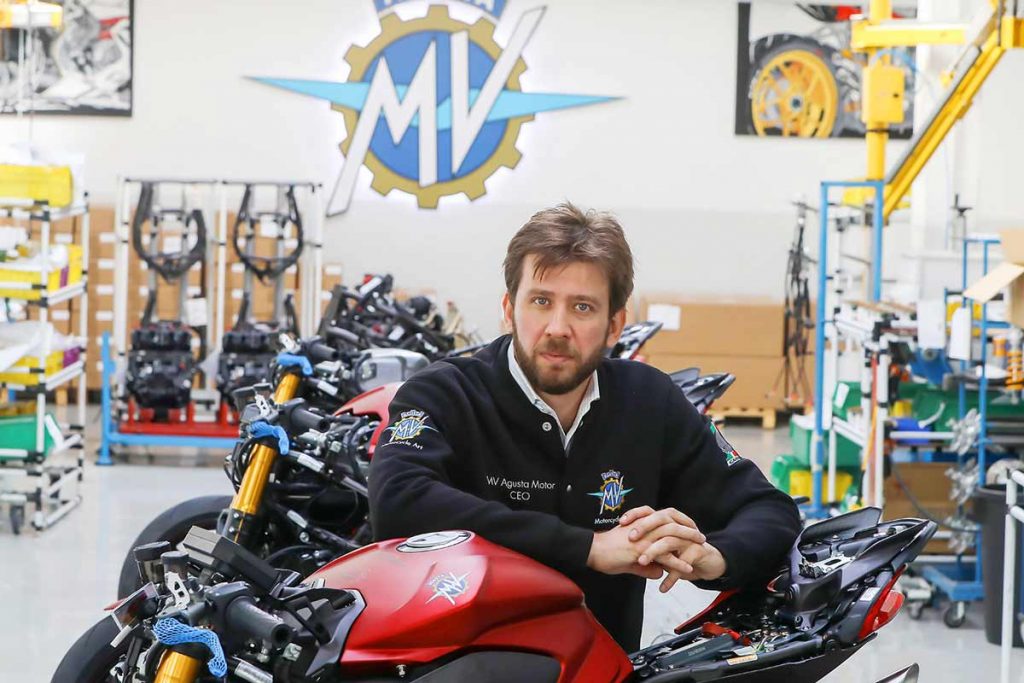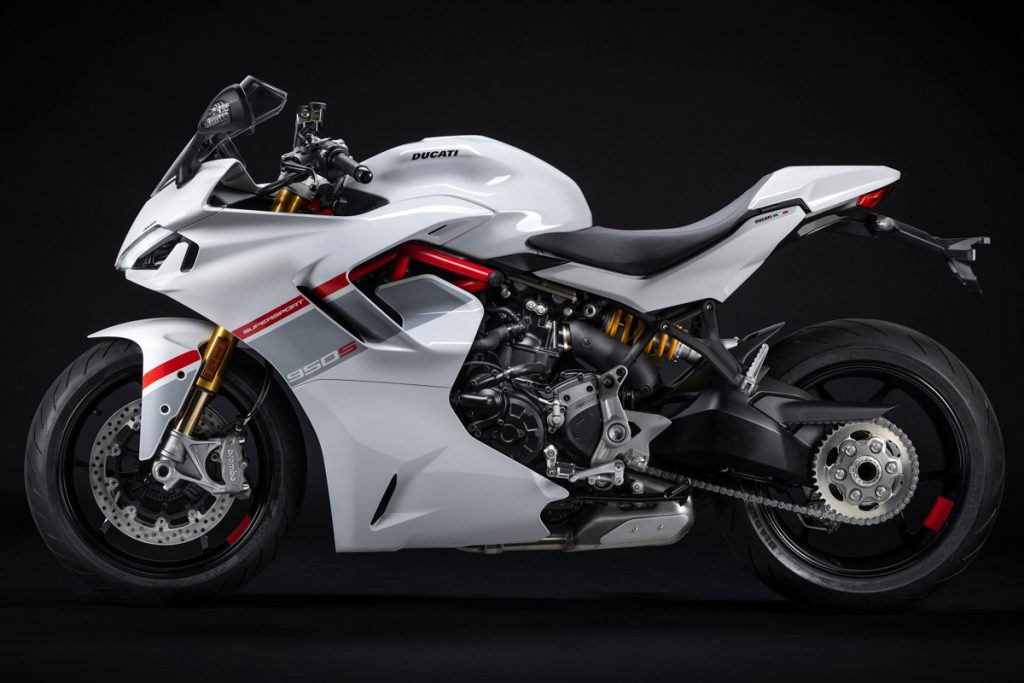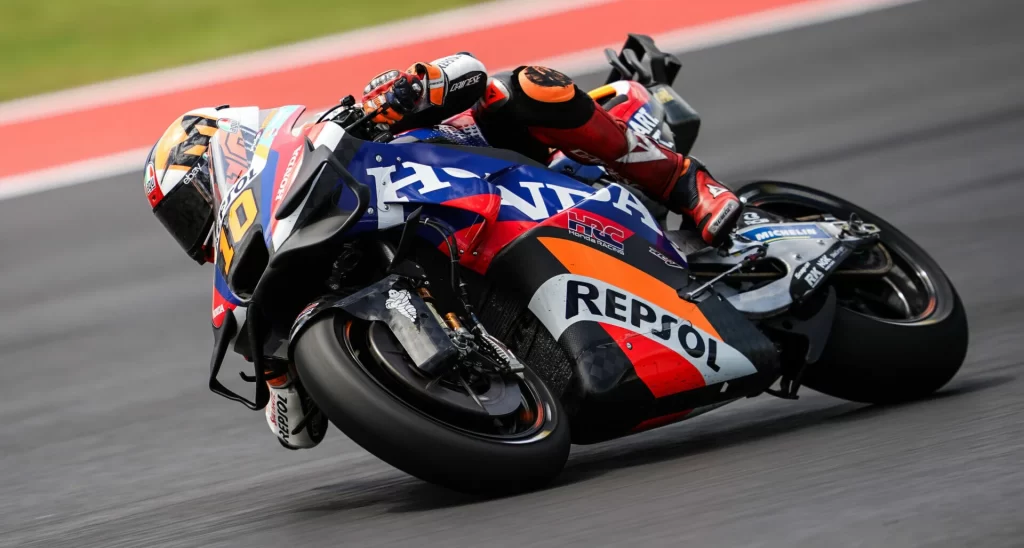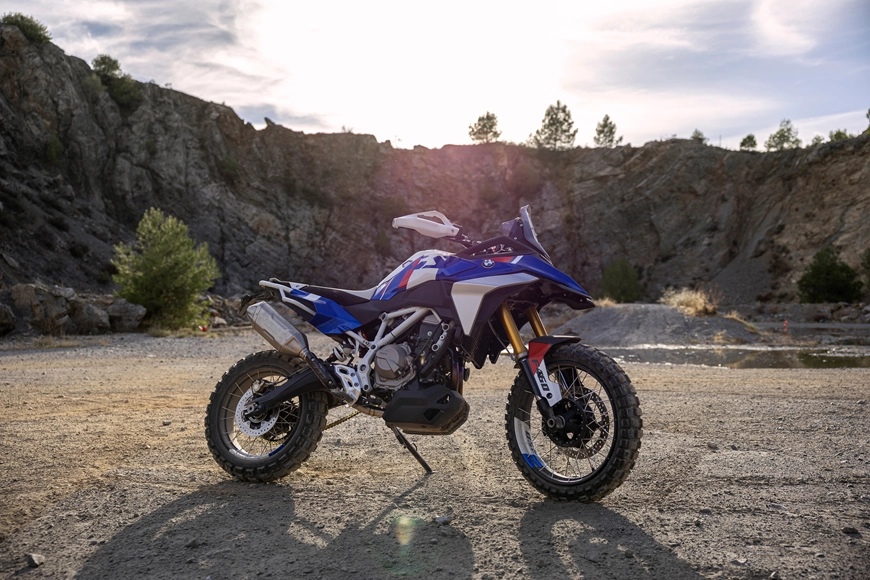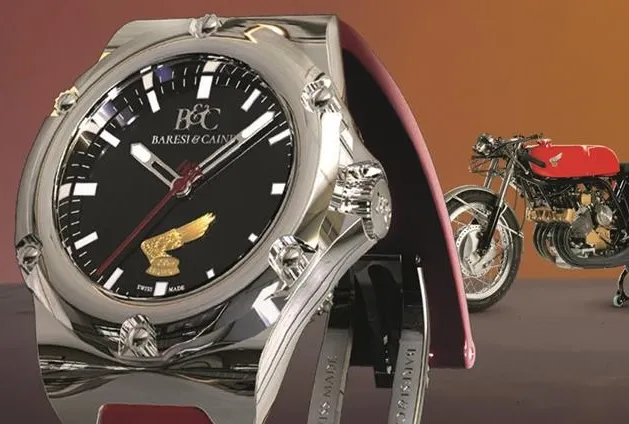Chinese company CFMoto has introduced its inaugural cruiser model, the 450CL-C, this year, showcasing its potential evolution at the 2023 EICMA show through the CL-C Low Ride Concept. This captivating bobber ingeniously incorporates numerous standard components, hinting at the likelihood of a future production model. Notably, it features a revamped iteration of the classic girder front fork.
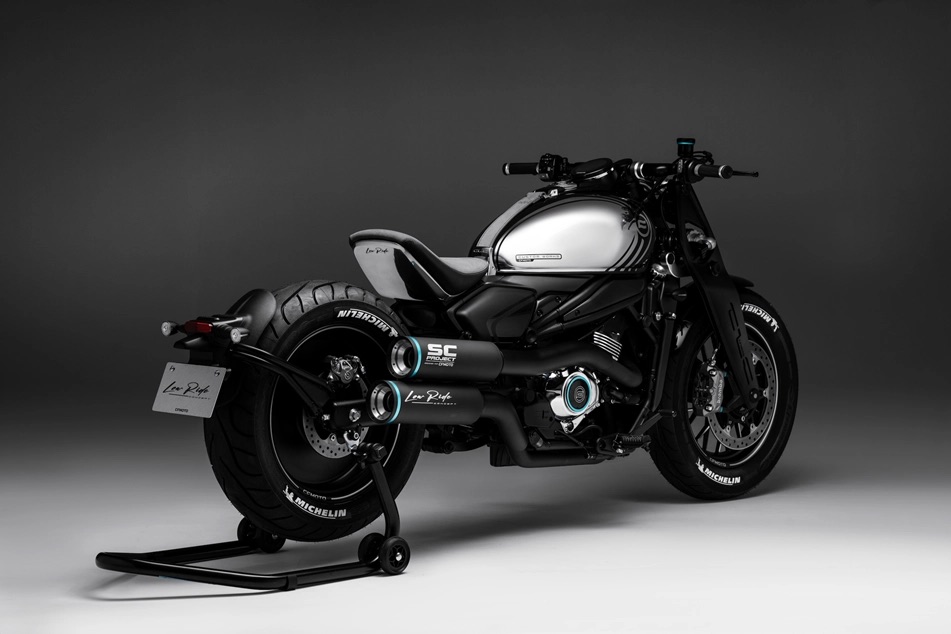
Girder forks, a vintage form of motorcycle front suspension predating telescopic forks, are commonly associated with motorcycles from the 1930s and earlier, perfectly aligning with the bobber style of the Low Ride. CFMoto has innovatively reconfigured the spring and shock arrangement to achieve a more streamlined package.
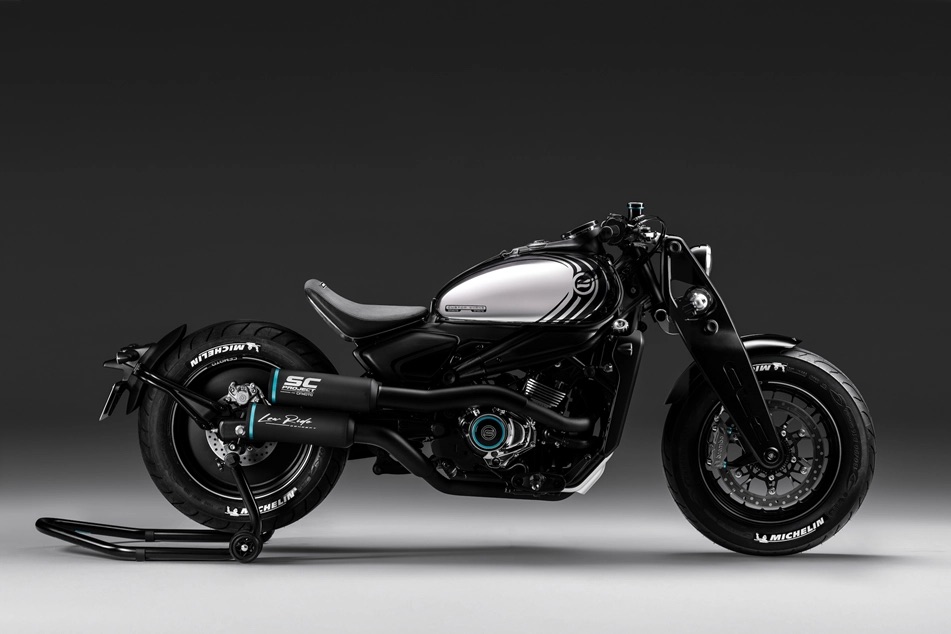
In traditional girder forks, the front wheel is suspended between sturdy castings known as ‘girders,’ exceptionally robust in the fore-aft direction to withstand braking forces that might flex a telescopic fork. CFMoto’s design retains this characteristic strength but introduces a departure from tradition by positioning the single front shock horizontally and transversely, running across the front of the bike below the headlight.
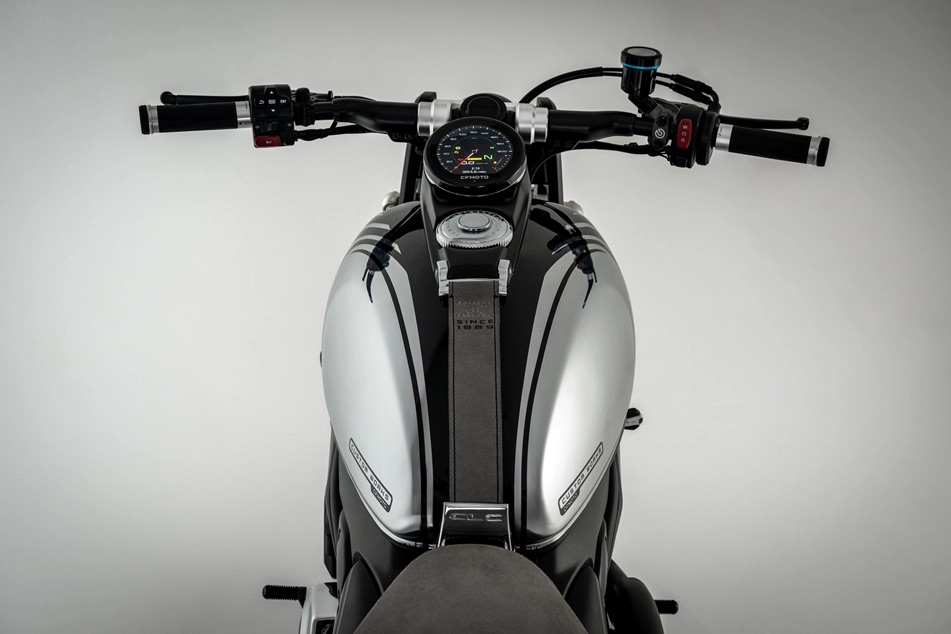
Unlike the Hossack-style forks found in some other models, CFMoto’s setup involves wishbone-shaped links that pivot on the girders both at the front and on brackets attached to a conventional steering stem. When the bars turn, the entire wishbones and shock move, reminiscent of the pre-war girder forks.
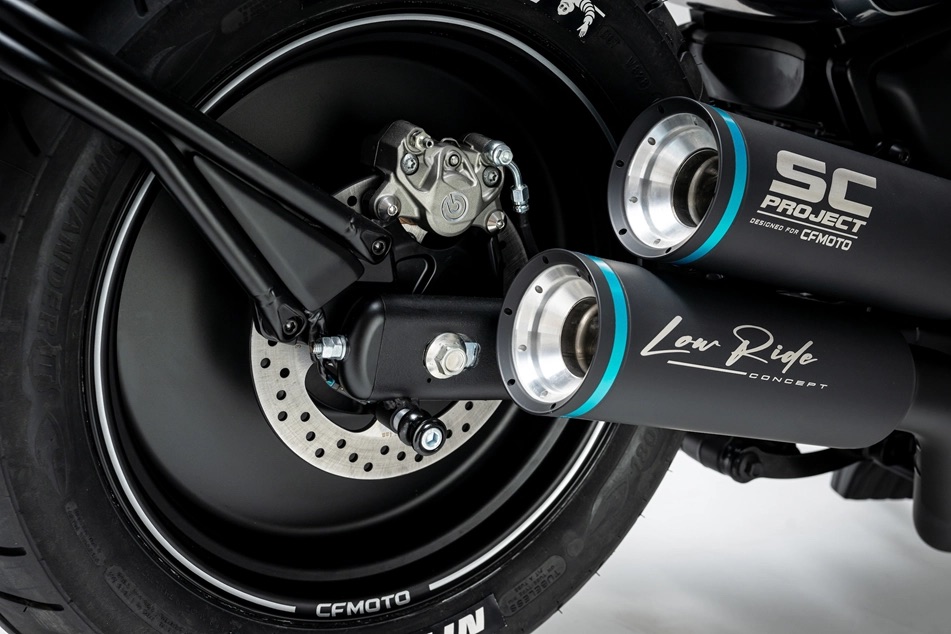
An intriguing aspect of CFMoto’s design is the position of the single front shock. Instead of the conventional vertical placement, it is mounted horizontally and transversely below the headlight, necessitating the use of a sophisticated suspension linkage. This configuration employs rockers or bell cranks and a pull-rod system with Öhlins front shock, offering advantages in terms of a more compact layout and the ability to create a rising-rate effect for a progressively stiffer suspension.
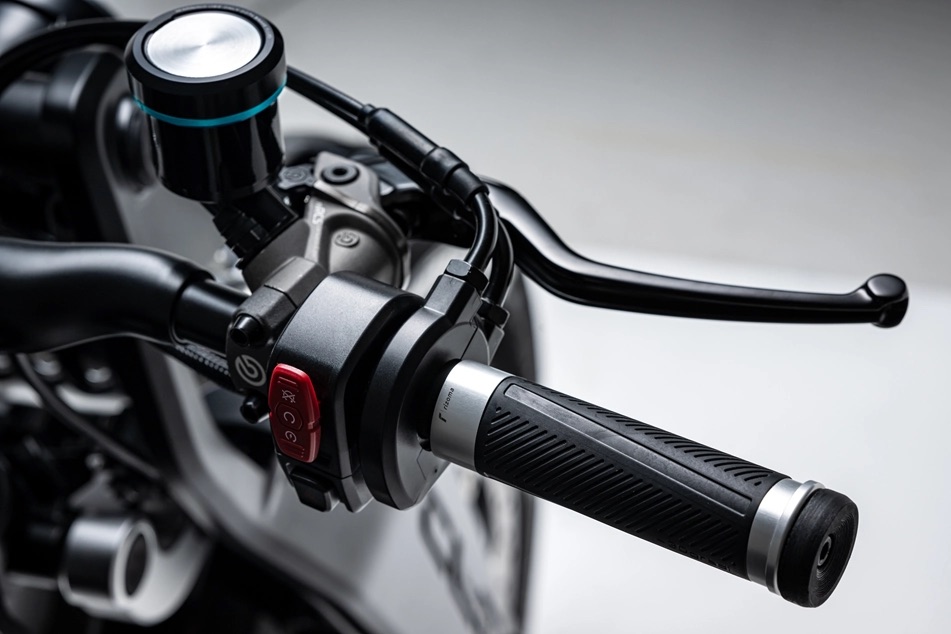
Despite these advantages, the girder fork does introduce more un-sprung mass compared to telescopic forks. The Low Ride concept integrates seamlessly with the mechanical components of the existing CL-C 450, including the frame, swingarm, and a 40hp, 449cc parallel-twin engine. This suggests that a production version of the bike could be realized without significant challenges, making it an exciting prospect for the future.
